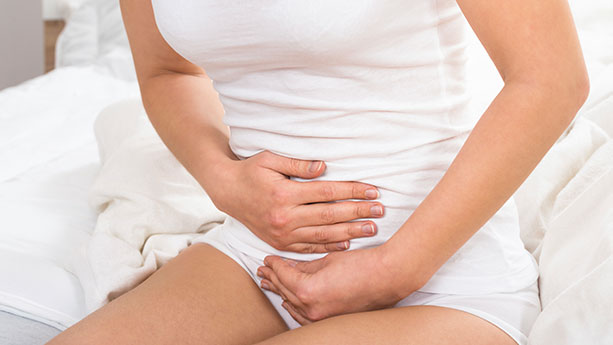Best Vaginal Prolapse Surgery in Gurgaon
Vaginal prolapse is when the pelvic muscles and tissues that support the uterus, bladder, and rectum weaken, causing these organs to sag or prolapse into the vaginal area. This condition can be highly uncomfortable and even debilitating for some women. Fortunately, various treatment options are available to address this issue.
.jpg)
About Vaginal Prolapse Surgery:
Vaginal prolapse can be treated through non-surgical and surgical means. Non-surgical options include pelvic floor exercises, pessaries, and hormone replacement therapy. Surgical options include reconstructive pelvic surgery, hysterectomy, and Sacro colpopexy.





